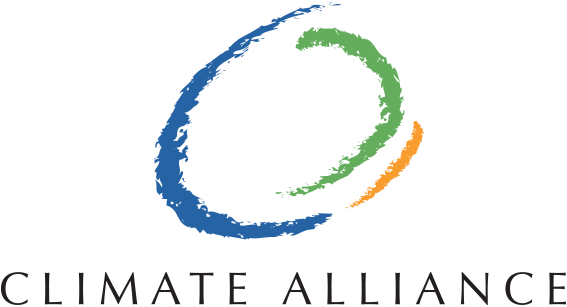The Task Force on Climate-related Financial Disclosures (TCFD) held a two-day conference in collaboration with the Bank of England (BoE) discussing scenario analysis and how it can help companies assess climate risks in their strategic planning and risk management processes.
Day 1 provided a high-level overview of the TCFD recommendations with regard to the use of scenario analysis; what scenario analysis is and why it is useful for assessing climate-related risks; how climate-related scenario analysis works in practice today – who is using it; experiences; and available tools. Day 1 is was hosted by the FSB TCFD and was open to press.
Day 2 brought together business practitioners, leading researchers from academia, and finance professionals to discuss in more detail how climate-related scenarios can be used for strategic and financial risk analysis and how scenarios could be improved. The goal was to highlight successful approaches, and identify further work and collaboration needed in this area. Day 2 was hosted by the Bank of England and was held under Chatham House rules.
Stakeholder presentations, videos and photo gallery plus introductions can be found here.











